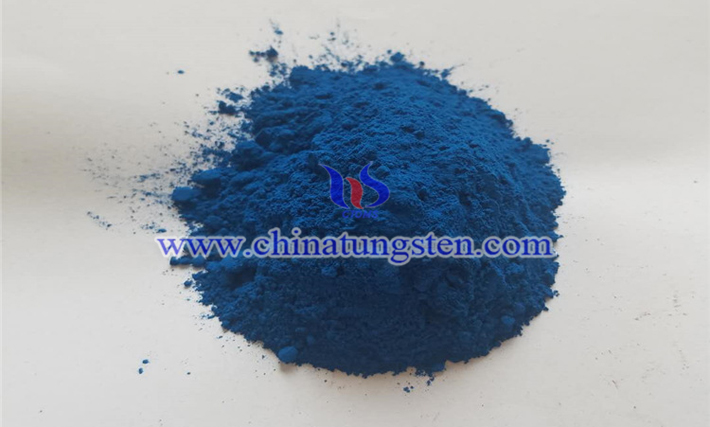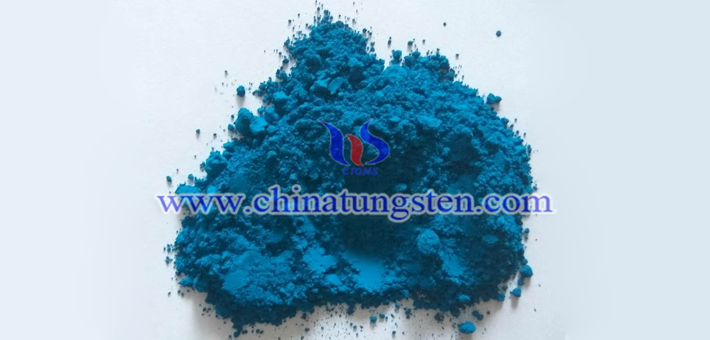Catalytic Synthesis of Lactide with Phosphotungstic Heteropoly Acid
- 詳細
- カテゴリ: Tungsten Information
- 2019年7月24日(水曜)22:30に公開
- 参照数: 3400
Lactide is an important raw material for preparing high molecular weight polylactic acid. Its optical purity and chemical purity determine the quality of high molecular weight polylactic acid. At present, the two-step synthesis of lactide from lactic acid is widely used.

Metal salt catalysts (such as stannous octanoate, stannous chloride, etc.) are often used in the two-step preparation of lactide. However, these catalytic methods have some defects, such as easily polluting products, not easy to regenerate and possibly polluting the environment. In addition, the synthesis of lactide catalyzed by metal salts has a long reaction time and a high reaction temperature. With the reaction proceeding, the increasing viscosity of the system easily results in slow heat transfer, high local temperature and carbonization.
In view of the above existing technology, some scholars try to use phosphotungstic heteropoly acid as catalyst to catalyze lactic acid to synthesize lactide. It is well known that phosphotungstic heteropoly acid as catalyst has the advantages of strong acidity, high catalytic activity, stable structure and low pollution. It avoids the environmental pollution caused by metal residues of common catalysts. At the same time, the synthesis process is simplified without inert gas protection. Its application is as follows:
Sodium tungstate and disodium hydrogen phosphate were placed in three flasks. The quality ratio of sodium tungstate to disodium hydrogen phosphate was 1:8. A small amount of water was added and heated to complete dissolution. Hydrochloric acid was slowly added to the pH value of 0.5 under constant stirring for 2 hours. After cooling, a small amount of hydrochloric acid and ether were added to extract, the solution was shaken and then placed in a static state. The solution was divided into three layers. The phosphotungstic heteropoly acid is obtained by separating the bottom oily substance, removing ether by air sweeping and drying.
100 g L-lactic acid was added into three flasks and heated in the reactor. The temperature was raised to 80 ℃, the pressure was 0.098 MPa, the dehydration time was 2 hours, the amount of lactic acid was 0.01% phosphotungstic heteropoly acid was added, the temperature was 130 ℃, the pressure was 0.098 MPa, the reaction time was 3 hours, and the lactic acid oligomer was obtained. The temperature was rapidly raised to 180 ℃, the pressure was 0.04 MPa, and the reaction time was 2 hours. The refined lactide was obtained by distillation and purification in the distillation column at the inlet and outlet. The lactide was dried for 24 hours in a vacuum drying chamber at 50 ℃. The yield of lactide was 85%.
Phosphotungstic heteropoly acid catalyst has strong acidity, high catalytic activity, stable structure, non-toxic and metal-free. It is a green synthetic process, which meets the direction and requirements of contemporary chemical development, has industrial application value, and obviously improves the yield of lactide.
- Tungsten Oxide Manufacturer & Supplier, Chinatungsten Online: www.tungsten-oxide.com
- Tungsten News & Prices of China Tungsten Industry Association: www.ctia.com.cn
- Molybdenum News & Price: news.molybdenum.com.cn
- Tel.: 86 592 5129696; Fax: 86 592 5129797; Email: sales@chinatungsten.com




 sales@chinatungsten.com
sales@chinatungsten.com